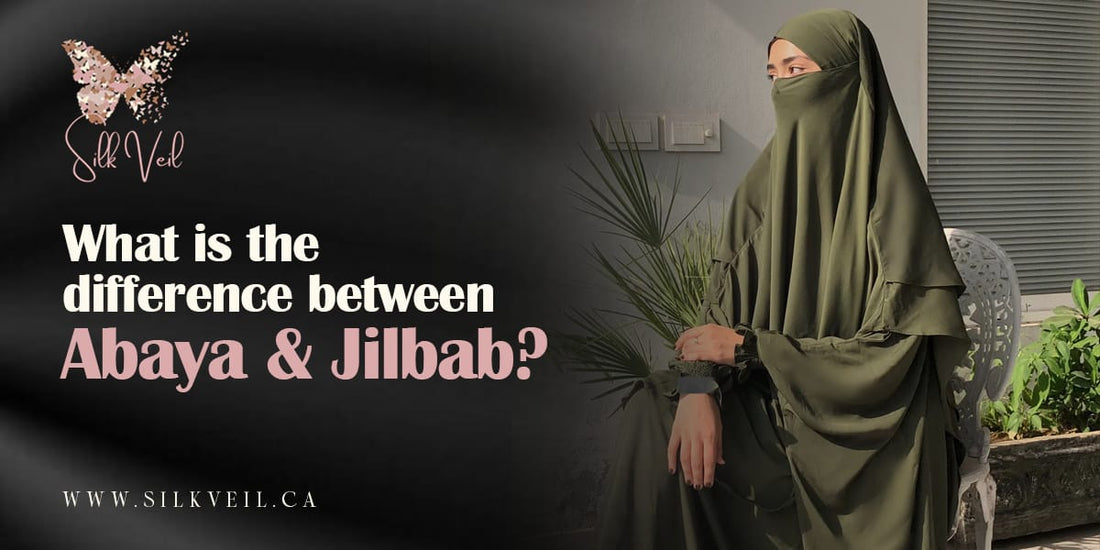Modestly, abaya and jilbab can be talked about as synonymous items, yet and still, are they? Although both of the garments fulfil the same purpose of covering the whole body as the Islamic rules require, they still differ in their design, construction, as well as their cultures of origin.
In this guide, we’ll explore the difference between abaya and jilbab, helping you understand how each serves a unique role in modest wear—and which might be the best fit for your personal style.
What is Abaya?
Abaya is a large, flowing overgarment that is usually worn over one of the ordinary clothes. Abayas are named after the Middle East and especially the gulf where they originated because of their sophisticated simplicity. They can be in various colors, fabrics and embellishments although in earlier days they were mostly black.
Contemporary abaya can have lace designs, embroidery or flare designs to make it equally appealing and modest at the same time. Abayas are graceful and practical whether you are going to a serious event or just to run some errands.
What is a Jilbab?
A jilbab is adjacent in essence but it is different in constitution. The jilbab, traditionally means a more structured outer garment that covers the entire body like a coat and has sleeves, which could even have an inbuilt hood or attached headscarf. It can appear as a long trench coat that is buttoned or zipped down the front and is a bit snugly elsewhere, at the shoulders or the waist.
Girls and women Jilbabs and abayas serve a modesty purpose but jilbabs cover more especially in cold weather or outdoors.
The Main Differences between Jilbab and Abaya
To be able to point out who is right in the jilbab vs abaya dispute, the following are the key differences:
|
Feature |
Abaya |
Jilbab |
|
Style |
Flowing robe or dress |
Coat-like, structured garment |
|
Fastening |
Often open front or slip-on |
Usually buttoned or zipped |
|
Fit |
Loose and draped |
Slightly more tailored |
|
Region |
Popular in Gulf countries |
Common in North Africa, Southeast Asia |
|
Additional Features |
May have embellishments |
May include hood or built-in hijab |
Abayas and Jilbabs Online: A World of Options
Today, it’s easier than ever to shop for abayas and jilbabs online. You may find everyday clothes next to prayer dresses to modern styles in different fabrics and fitting depending on what you need.
A lot of women prefer to have both lightweight abaya to wear during the errands and other needs of performing prayers and another one a structured jilbab, which is good to wear to work or travel or outdoor use.
What to Do to Be Right
So you are still pondering on which choice to make of jilbab or an abaya? Just think of that:
Climate:
Abayas tend to be lighter and warmer, of course, climate. Jilbabs are warmer during cold seasons.
Occasion:
Abayas are more diverse when it comes to the formal style. Jilbabs are terrific every day.
Fit Preference:
Do you like a slouchy, big fit kind of garment? Abaya fits the bill. Need something formal and safe? Experiment in jilbab.
Final Thoughts
Understanding the difference between jilbab and abaya helps you make informed fashion choices that suit both your modesty goals and your lifestyle. Both are traditionally based but they change according to the changing fashion.
At Silk Veil, we offer a curated selection of abayas and jilbabs for girls and women, blending timeless modesty with contemporary design. You are a newcomer to modest wear or you want to add to it, find your favorite in-demand nowadays.

